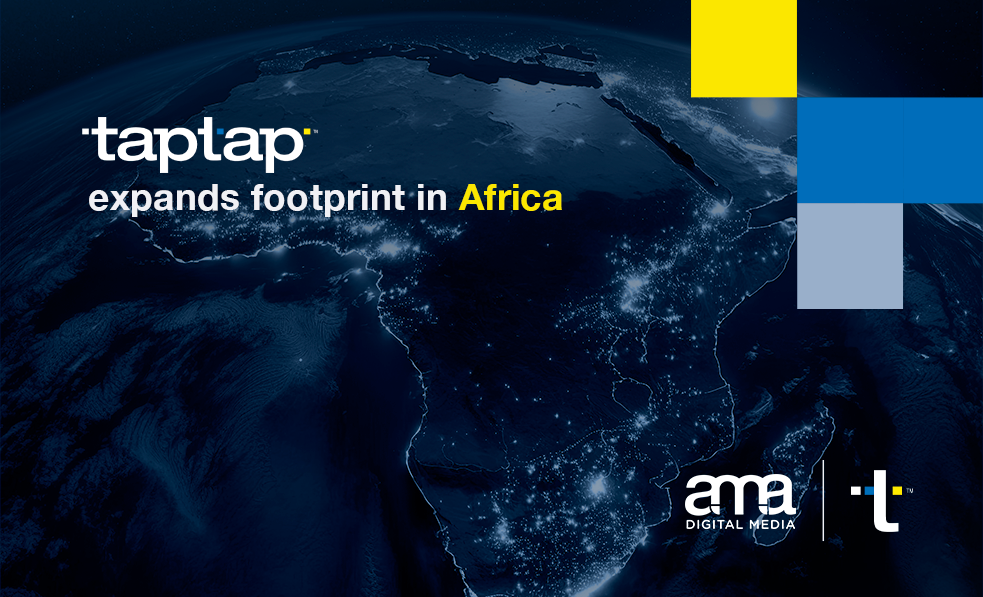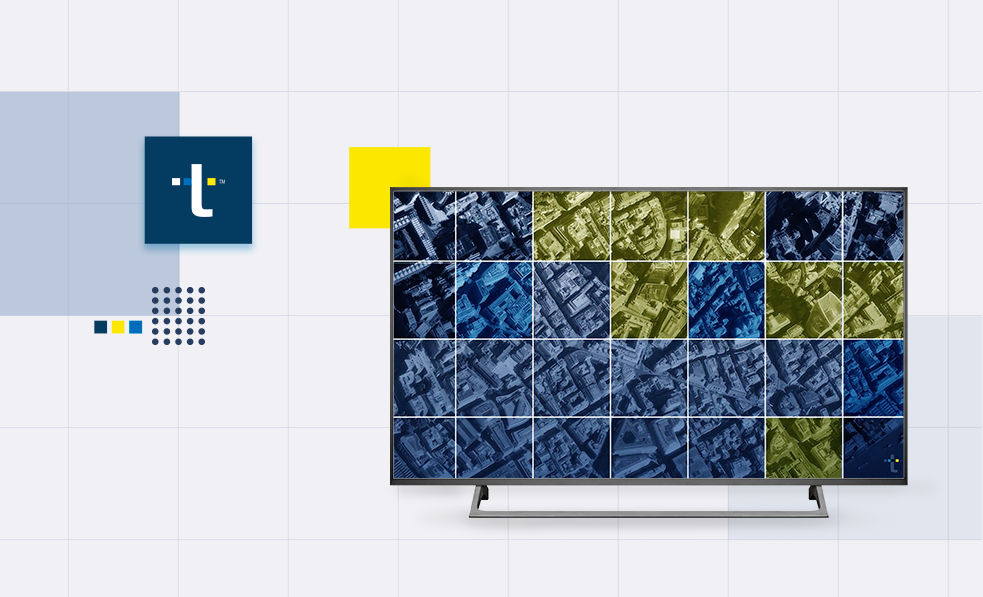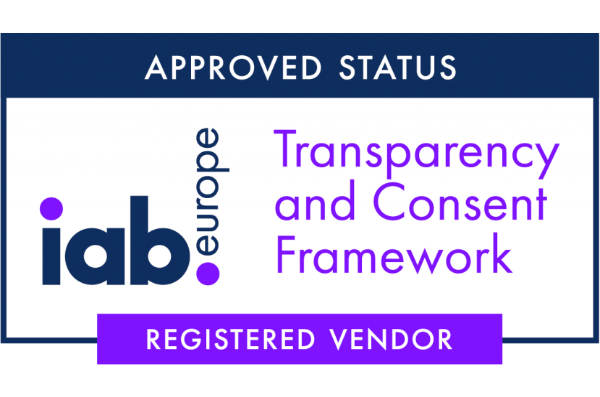At a time when investment in advertising is soaring, and mobile advertising continues posting strong growth and is playing an increasingly important role in many advertisers’ marketing budgets, we ask Diana Sánchez, Sales Manager for TAPTAP Spain, about her vision for 2015.
What are the short-medium term development forecasts for the sector?
The forecasts for 2015 are very positive, given growth above 40% is expected. Nowadays, media agencies and advertisers are still discovering this medium, and are surprised at the major segmentation capacities it provides: geolocation, connectivity, device type, past behaviour to predict future behaviour, contextual segmentation, physical retargeting, and proximity features (beacons), etc.
This means that, increasingly, mobile budgets are being favoured and growth forecasts are, little by little, deservingly beginning to correspond to the wide coverage this medium provides, outperforming that offered by PCs by almost 15%.
With smartphones and tablets achieving 85% penetration in Spain, and taking care of the user’s experience in an advertising sense, we are talking about a long-term medium with strong potential for growth in the mid-term.
What would be the challenges and obstacles you are encountering?
There are several theories as to why there is such a big difference between mobile advertising investment and other mediums, such as fixed websites. In my opinion, there are two main reasons: one is the lack of knowledge about this medium and its potential, and the other being measurement problems, which have persisted since the birth of the mobile.
The majority of ad-servers already accepted in the digital mobile world have not been developed natively, but have adapted to the mobile medium. In addition to discrepancies in measurement, this created distrust among media agencies and even held them back when planning a mobile line due to the inability to unify data (with digital data) for subsequent analysis of results.
Furthermore, until relatively recently, there was no way to find the desired homologous cookie, until we realised it was right before our eyes, and had always been there. I’m talking about the GPS positioning of a certain user identifier of a terminal (ID). This new mobile cookie provides us with a lot of information about a user and allows us to profile the audience based on user behaviour in past routines and predict future behaviour to customise and make messages more effective. In 2015 at TAPTAP, we are focusing a major part of our efforts on offering brands this premium audience sale to improve ROI.
What is the power of geolocation to boost purchasing?
The main strength of geolocation is the capacity to detect and affect individuals who frequent, live, work or are present at the time of the advertising impact, just a few metres from your business. This means the user is offered a far more useful and effective message, like a discount at a nearby establishment, which also, via the advertising itself, shows you where you are, and the route to the point of sale. A major advantage mobile has over other advertising mediums is that geolocation is 100% accurate, because it is taken from GPS coordinates with no error rate.
We are also creating a much more positive user experience. The establishment creates non-organic, higher quality traffic to its store, exploiting the proximity factor of the individual and, in this way, is able to generate loyalty among the traffic passing by on a daily basis, or occasionally in a nearby radius. With this segmentation, you are multiplying the effectiveness of your campaign and consequently increasing its ROI, which is ultimately what you want when undertaking an advertising campaign.
For customers, what implementation strategies must be followed to ensure this type of service is not annoying?
This is another major debate regarding our medium… Given that, fortunately for consumers, we can only display one advertising impact on our smartphone screens, we are already solving, to a large extent, the problem of saturation. It is important to use frequencies and not to be affected by the same advertising on more than one occasion, for example, in 10-15 minute browsing sessions.
The relationship with the target audience through our segmentations is also very important. Getting loads of adverts for sports brands is no good to me if I’m not a consumer, and I’m not interested in this type of product. On the other hand, if my tastes and my behaviour say that I consume beauty products, I would love to take advantage of potential promotions brands might offer me.
By the way, not only display exists in this sector! We use native advertising, which is no more than advertising explicitly or implicitly integrated in applications. Here we can include news sponsors, advertorials, links, image galleries, etc. to expand on the messages from advertisers. This has been shown to increase engagement with the brand by over 25%.

















